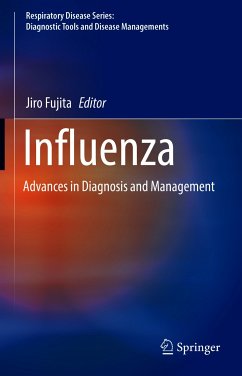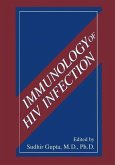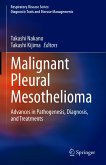This book explores the latest research and practical data on the clinical management of influenza. Starting with the definition, epidemiology and pathogenesis, the first part reviews the basic science of the influenza virus and infection. The next three parts then discusses the diagnosis, complications and management, providing practical data and insights that are useful in day-to-day patient care. The last part focuses on the trending topics, including a new drug, oral baloxavir marboxil, which was introduced in Japan in 2018 and is the first polymerase inhibitor to be licensed for the treatment of uncomplicated influenza. In Japan, since the medical insurance system is well-established, patients receive medical examinations quickly after the onset of influenza viral infection, making it easy to implement early diagnostic tools and early treatment. Providing practical data and insights, Influenza - Advances in Diagnosis and Management is a useful resource for clinicians, residents and trainees around the globe.
Dieser Download kann aus rechtlichen Gründen nur mit Rechnungsadresse in A, B, BG, CY, CZ, D, DK, EW, E, FIN, F, GR, HR, H, IRL, I, LT, L, LR, M, NL, PL, P, R, S, SLO, SK ausgeliefert werden.









